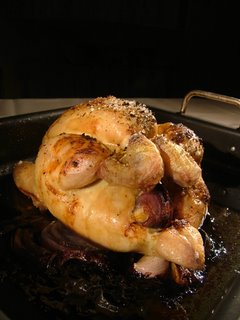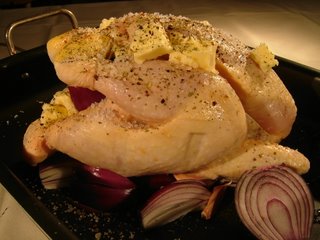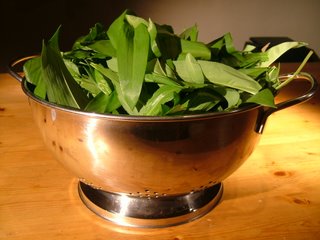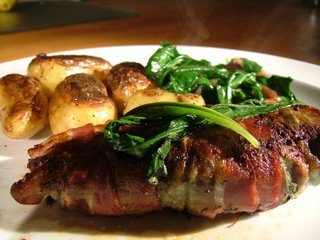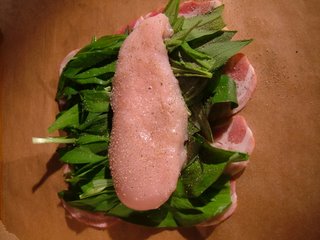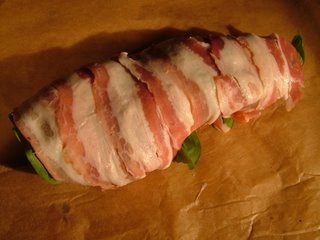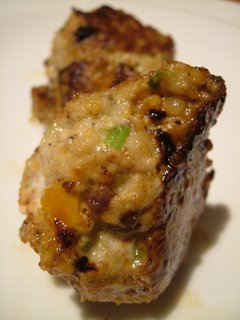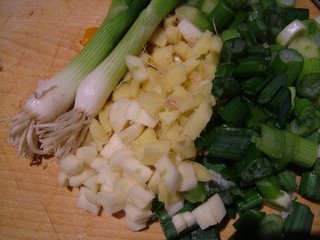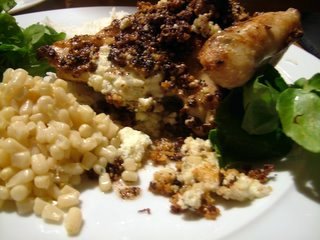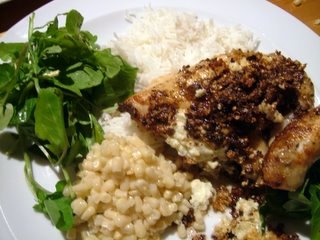Certain groceries were absurdly cheap in the markets we used in the Cote d’Azur. These two chickens, though, beautifully dressed and trimmed, with Appellation d’Origine Contrôlée labels and a lovely succulent plumpness, took the parsimonious biscuit. Each was large enough to serve four, and the special offer which gave me one free (in a lovely cardboard box) when I bought the other meant that the pair only cost €4. That’s €4 for more protein than my cats get in a week.
I decided to roast the chickens like this for a number of reasons. I was on holiday, so wanted a dish that wasn’t too fiddly, which meant I could spend some more time on the terrace drinking. They were good birds whose flavour deserved a chance to sing on its own. And this method meant that I could pile the dish high with Provençal flavours. I found some paste made from sun-dried tomatoes, garlic, capers and a very little anchovy, some roast red peppers marinated in olive oil and herbes de Provence, some nutty-tasting little new potatoes and other good things. To serve six with plenty left over, this is what I did with them :
2 chickens
5 tablespoons sundried tomato paste
8 salted anchovies
100g roast marinated red peppers, cut into strips
1kg new potatoes
750g shallots, peeled
6 bulbs (yes, whole bulbs) garlic
1 lemon
1 bottle rosé wine (I used the local Bandol, which was pretty much the only wine you could buy in the area)
150g butter
4 bay leaves
1 tablespoon herbes de Provençe
1 handful fresh chervil
1 handful fresh parsley
1 handful fresh basil
150g crème fraîche
Salt and pepper
Pull any fat out of the inside of the chickens and discard. Zest the lemons, putting the zest to one side. Chop the lemons in half and put one half in the cavity of each chicken with a bay leaf and a generous seasoning of salt and pepper.
Place the chickens in a large roasting dish, and fill the space around them with the potatoes, peeled, whole shallots, garlic bulbs (not peeled, and cut in half across the equator), the remaining bay leaves, the anchovies and peppers. The anchovies will ‘melt’ when cooked and will give a deeply savoury, but not fishy, base to the dish.
Place knobs of butter on the chickens, and scatter over the herbes de Provençe and some more salt. In a jug, whisk together the tomato paste, the lemon zest and the wine, and pour it all into the baking dish. Season and place in the oven at 180° C for two hours, basting frequently with the winey juices.
When the chickens come out of the oven, transfer them and the potatoes, shallots, garlic and peppers to a warm serving dish to rest. Chop the chervil, parsley and basil finely, and whisk them and the crème fraîche into the pan juices. Serve with a green salad and some more of the wine you used in the dish.

